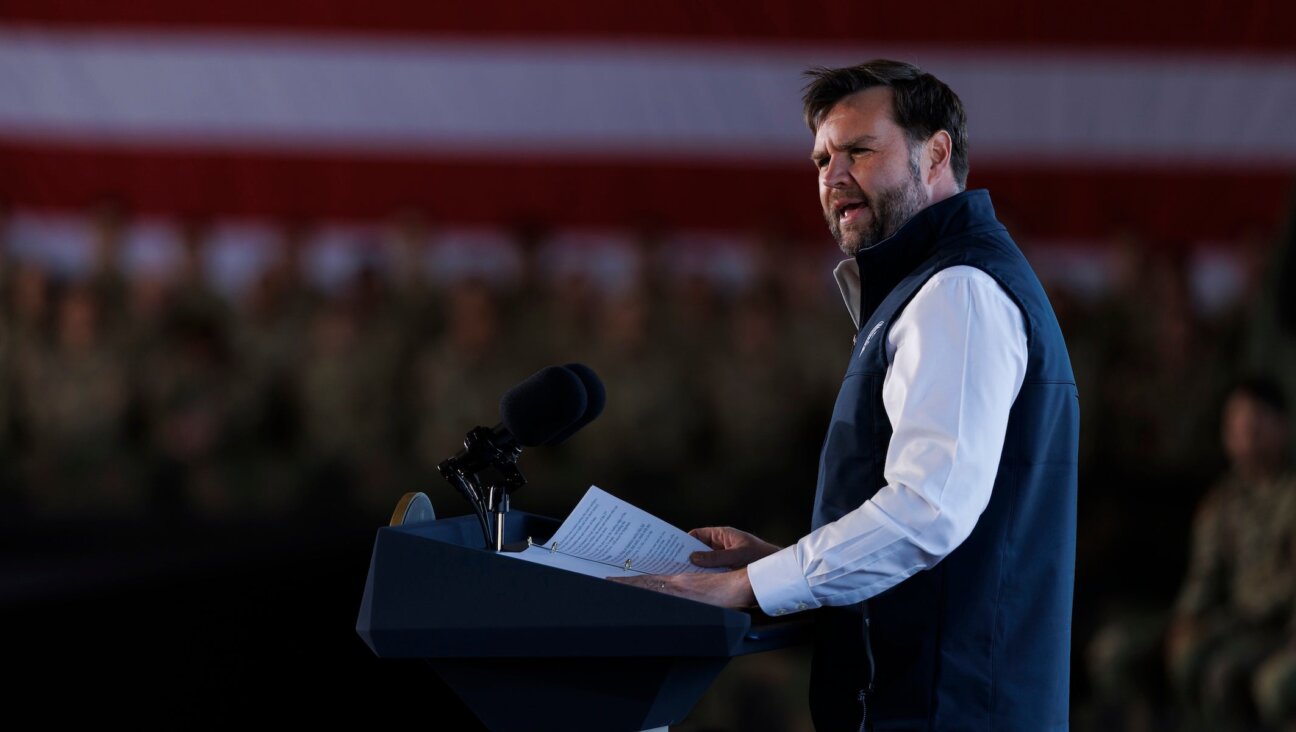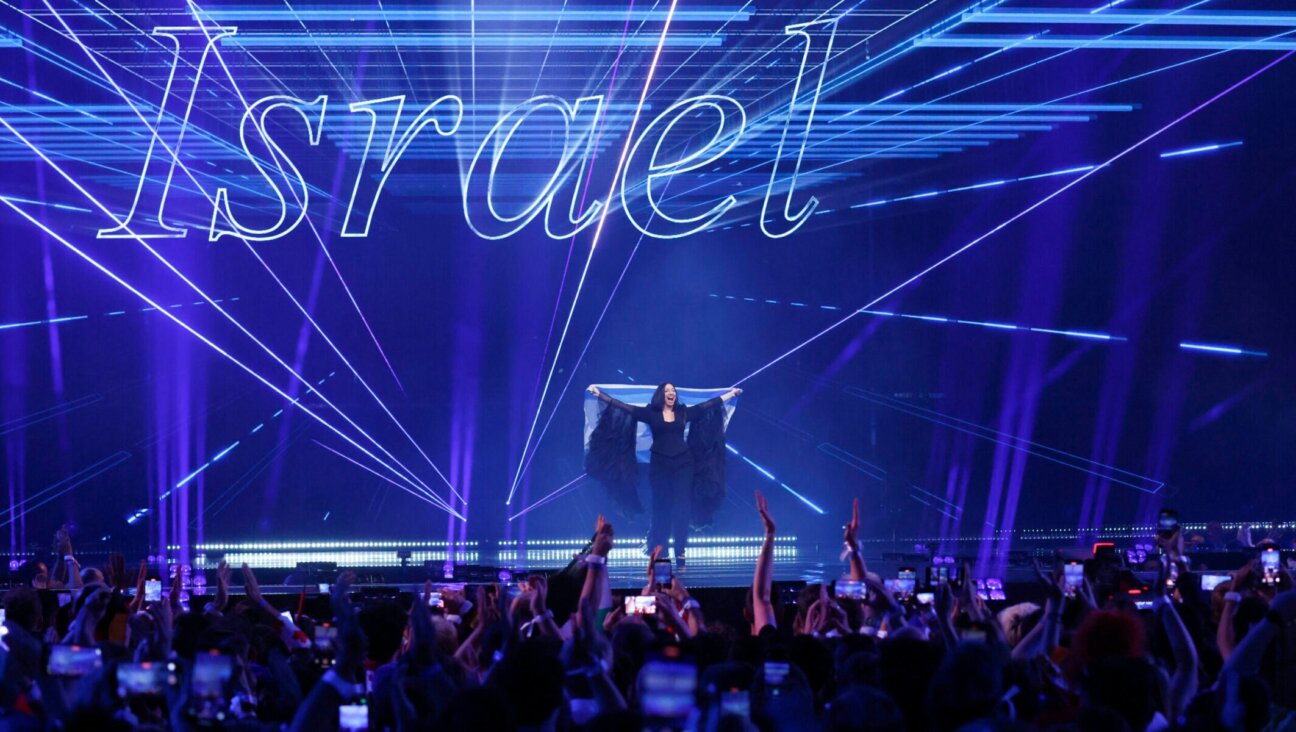Looted ‘Monuments Men’ Paintings Hit Auction Block
Paintings looted by the Nazis during World War Two and retrieved by the Monuments Men, the Allied group tasked with returning masterpieces to their rightful owners, will be sold at auction on Thursday in New York.
The works, which will go under the hammer during Sotheby’s sale of Important Old Master Paintings and Sculpture, were among the tens of thousands of works recovered by the art experts whose story is told in the George Clooney film “The Monuments Men,” which opens in U.S. theaters on Feb. 7.
“The scale of looting was absolutely extraordinary,” said Lucian Simmons, Sotheby’s head of restitution.
“In France, for example, 36,000 paintings were stolen from institutions and largely from individuals. The Monuments Men managed to recover and return the majority of those,” he said in an interview.
Two small paintings in the sale, “La cueillette des roses” and “Le musicien” by the French rococo artist Jean-Baptise Pater, were chosen by Adolf Hitler’s air force chief Hermann Goering for his personal collection.
The works were taken from the family of Baron James Mayer de Rothschild in Paris in 1940. After they were returned they remained in the family until the end of the 20th century. They will be sold as one lot with a pre-sale estimate of up to $500,000.
Another work, “Venice, a view of the Piazzetta looking towards San Giorgio Maggiore” by Francesco Guardi, once belonged to the French fashion designer and art collector Jacques Doucet, who died in 1929. The Nazis looted the painting from the widow of the banker Andre Louis-Hirsch in Paris in 1941. It could fetch as much as $300,000.
“It is not only a beautiful painting it has a wonderful history,” said Simmons.
The third work, “Triumph of Marcus Furius Camillus, a cassone panel,” was painted nearly 600 years ago by the Italian artist Apollonio di Giovanni. It was taken from the collection of Baron Edmond de Rothschild and could sell for up to $200,000.
ORIGINAL NAZI MARKINGS
“It was unique,” Simmons said of the Monuments Men group. “The Allies at the end of World War Two saw a need to put together a team to do this. They were art curators, museum officials, historians, who were drafted into the army for that period.”
The works being auctioned feature markings by the Nazis who meticulously cataloged the looted items, as well as the numbered system used by the Monuments Men after they recovered them.
The Pater paintings bear the Nazi marking R70 and R73, signifying they were taken from the Rothschild family, while the Guardi work is labeled Hirsch 8, and the back of the 15th century panel shows BoR 58.
The stolen works were scattered across Europe and squirreled away in museums, salt mines and basements until the end of the war when the Nazi records were seized and the hunt to find the works of art began.
Last year German authorities revealed that Nazi-looted art valued at $1.38 billion had been found in a Munich apartment. The collection had been held by Cornelius Gurlitt, the elderly son of an art dealer of part-Jewish descent who had been ordered by Hitler to buy up “degenerate art” and sell it to raise funds for the Nazis.
An unknown number of works plundered by the Nazi is still missing and museums examine the origins of works in their exhibits. Simmons said the Monuments Men made a massive contribution in returning stolen works to their owners.
“People like paintings that are not only beautiful but also have a back story, and all of these paintings have this history, which in a way makes them more interesting,” he said.















